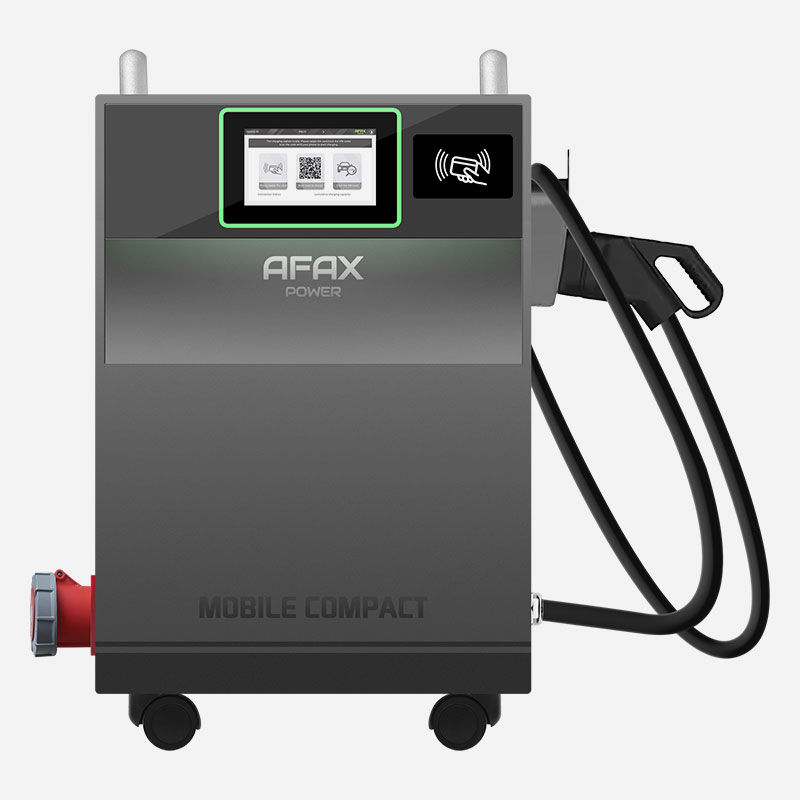Fast and Efficient: Exploring 3 Phase EV Charging Technology
- afaxpower5
- Aug 20, 2024
- 2 min read
Introduction
As electric vehicles (EVs) continue to gain popularity, the need for faster and more efficient charging solutions becomes increasingly important. One of the most promising advancements in this field is 3 Phase EV charging technology. This article explores the benefits and mechanics of this innovative charging method, highlighting its role in shaping the future of electric mobility.

Understanding 3 Phase EV Charging
3 Phase EV charging is an advanced charging method that utilizes three alternating currents instead of the single-phase power typically found in residential settings. This technology allows for a more efficient transfer of energy, resulting in significantly faster charging times for electric vehicles.
How 3 Phase Charging Works
In a 3 Phase charging system, power is delivered through three separate conductors, each carrying an alternating current with a phase difference of 120 degrees. This configuration allows for a more consistent and powerful flow of electricity, enabling higher charging speeds without the need for extremely high voltages.
Benefits of 3 Phase EV Charging
Faster Charging Times: 3 Phase charging can deliver power at rates up to 22 kW, significantly reducing charging times compared to single-phase systems.
Increased Efficiency: The balanced load distribution in 3 Phase systems results in more efficient power transfer, reducing energy losses during the charging process.
Higher Power Output: 3 Phase chargers can deliver more power without requiring thicker cables or higher voltages, making them ideal for public charging stations and commercial applications.
Grid Stability: The balanced nature of 3 Phase power helps maintain grid stability, especially when multiple vehicles are charging simultaneously.
Applications of 3 Phase EV Charging
3 Phase charging technology is particularly well-suited for:
Public Charging Stations: Offering faster charging times for multiple vehicles.
Commercial Fleets: Enabling quick turnaround times for electric delivery vehicles and taxis.
Workplace Charging: Providing efficient charging solutions for employees during work hours.
High-Power Home Charging: For EV owners with access to 3 Phase power in their homes.
Challenges and Considerations
While 3 Phase EV charging offers numerous advantages, there are some challenges to consider:
Infrastructure Requirements: Many residential areas are not equipped with 3 Phase power, limiting its widespread adoption for home charging.
Cost: 3 Phase charging equipment and installation can be more expensive than single-phase alternatives.
Vehicle Compatibility: Not all electric vehicles are capable of accepting the full power output of 3 Phase chargers, potentially limiting their effectiveness.
The Future of 3 Phase EV Charging
As EV adoption continues to grow, 3 Phase charging technology is expected to play a crucial role in the development of charging infrastructure. Advancements in battery technology and vehicle design are likely to further leverage the benefits of 3 Phase charging, potentially leading to even faster charging times and more efficient energy transfer.
#Customizablepower1080kw #DCFloorMountedSplitCabinet #RemotePowerDistribution #MonitoringManagement #ChargingStations
Conclusion
3 Phase EV charging technology represents a significant step forward in addressing one of the primary concerns of electric vehicle adoption: charging speed. By offering faster, more efficient charging solutions, this technology is helping to make electric vehicles a more viable and attractive option for a wider range of consumers and businesses. As the EV market continues to evolve, 3 Phase charging is poised to become an integral part of the charging infrastructure, supporting the global transition to sustainable transportation.




Comments